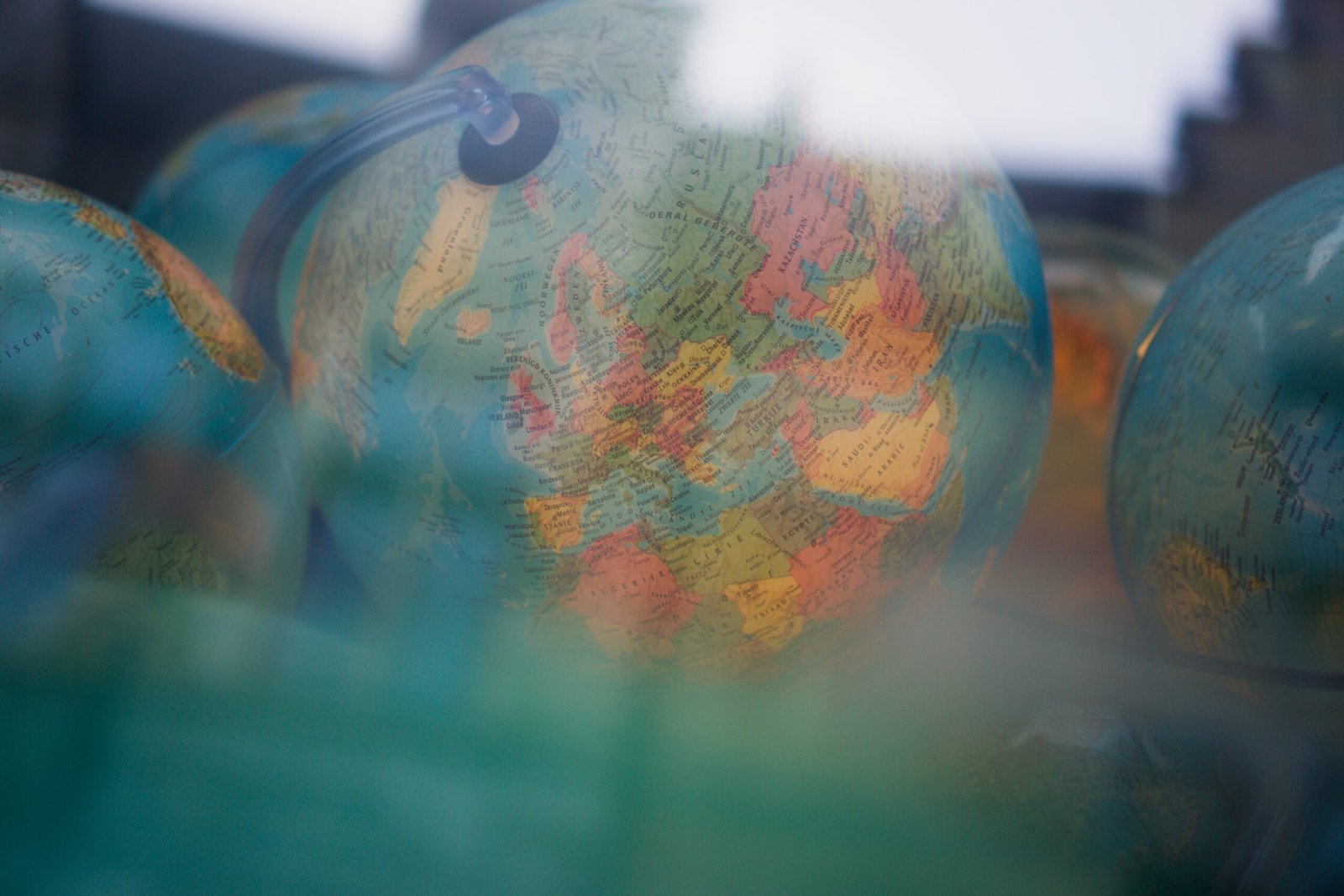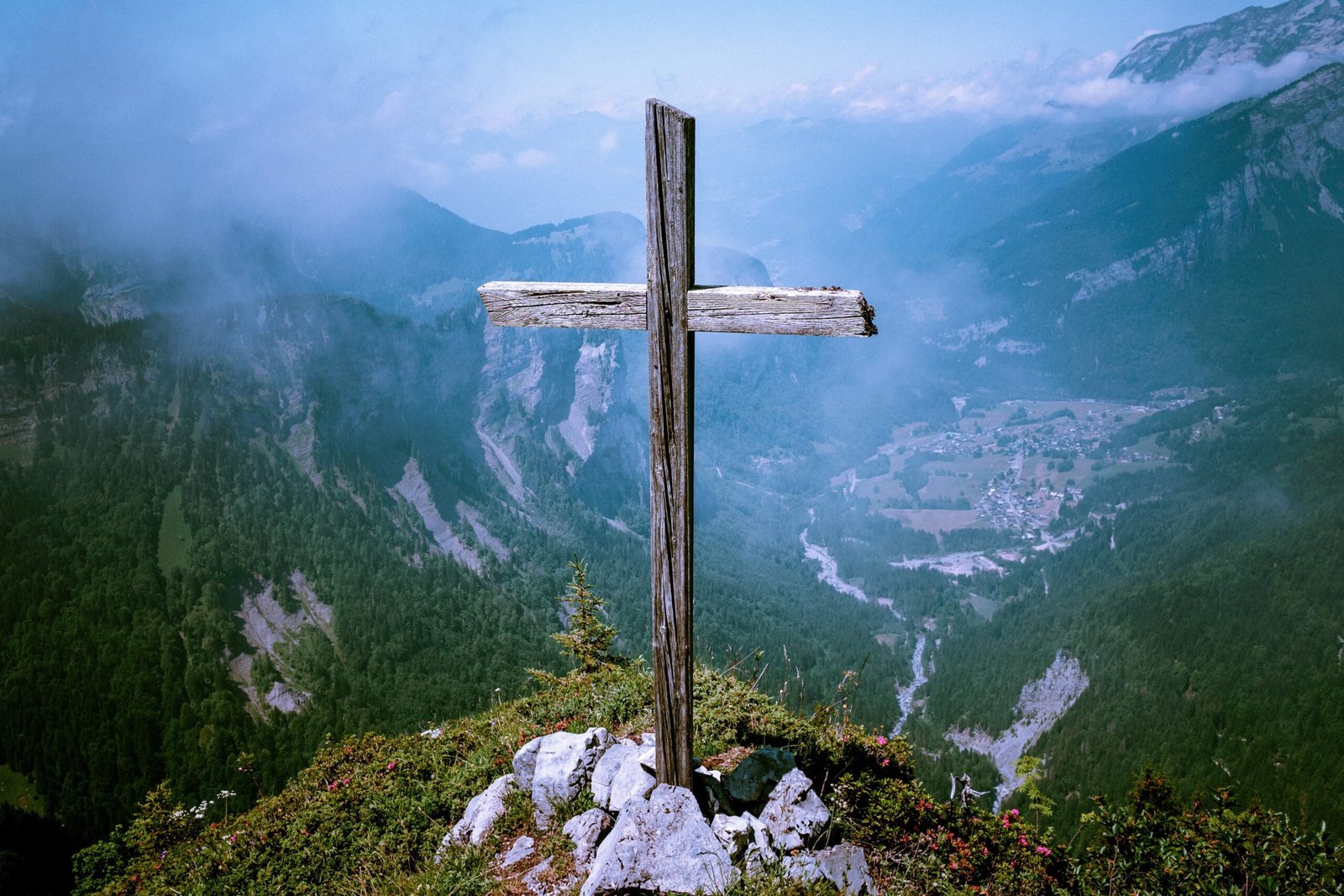Where is the Religious Left?
There’s a lot of online chatter about leftist and “woke” Christianity of late? What is it?
Definitions have changed. For nearly all my adult life, since the 1980s, I have followed and critiqued the Religious Left. Here’s what it was: Protestants and Catholics who did not think agreement about historic Christian beliefs such as about Christ’s divinity were necessary, who prioritized politics over traditional church work, who loved Fidel Castro and Daniel Ortega while often backing Marxist guerrilla movements, who did not criticize the old Soviet Union or any communist governments, who asserted America was imperialist, who touted abortion rights in the church’s name and advocated for liberalized sexuality, who sacralized the welfare state and denounced any doubts about its growth as un-Christ like, and who equated big government, with higher taxes and more regulation, with God’s Kingdom.
The old Religious Left was centered mostly in the agencies, schools, and spin-off advocacy groups of Mainline Protestantism with some renegade activist Catholic orders. That world has largely died or become culturally irrelevant. This week I learned that the Religious Coalition for Reproductive Choice, founded by Mainline Protestants in 1973 to defend Roe v Wade, for years housed in the Methodist Building on Capitol Hill, and funded generously by secular foundations like the Ford Foundation, is a shadow of its former self, with only a few staffers and little if any foundation support. Perhaps Union Theological Seminary in New York would count as one of the last remaining old, robust and outspokenly Religious Left outposts.
There was also an Evangelical Left that largely stayed theologically and ethically orthodox while advocating progressive political goals, for welfare state expansion, reducing military spending, and racial justice. It was largely pacifist and hostile to U.S. overseas involvements. But, unlike the Religious Left, it sometimes cared about international religious liberty. It included people like Ron Sider, Tony Campolo and Jim Wallis, who are now deceased or retired.
IRD, founded in 1981 to rebut Religious Left support for overseas Marxist regimes and movements under the aegis of Liberation Theology, was always a critic of the old Religious Left for its failure to affirm democracy, human rights, and religious freedom for all people. The Religious Left prioritized economic equality over liberty, admiring Cuba’s health care system but silent about Cuba’s political prisoners. IRD criticized the Evangelical Left for its pacifism and its geopolitical anti-Americanism, among other issues, but sometimes collaborated on international religious freedom. The Evangelical Left as an organized institutional force has mostly vanished, replaced by social media “post-evangelical” voices that loudly denounce conservative evangelicalism often without offering alternatives.
Dinosaur leftist church voices, almost always Mainline Protestant, will mockingly appear in “Woke Preacher Clips” on social media, for wearing masks four years after the pandemic or extravagantly posturing on racial issues. But watching these clips is more like visiting a circus than looking into the window of a serious religious demographic. They offer easy targets for ridicule but don’t represent a serious force within Christianity. These “woke preachers” are more sad than maddening.
Interestingly, a recent exposé of leftist philanthropic funding of progressive evangelical projects offered information from a decade ago, citing the Evangelical Immigration Table and the Evangelical Environmental Network. I was writing critiques of the latter 25 years ago and the former ten years ago. Neither merits much attention today.
Most of the church controversies today are battles among conservative Christians, and often the disputes are more tonal and rhetorical than deeply theological. The above-mentioned exposé cites secular funding for a Bible study resource from Curtis Chang, David French and Russell Moore that aims to mitigate political polarization. French and Moore are frequently criticized by some conservatives for their strongly anti-Trump stance and their critiques of where Christian conservatism is today politically. Each of the three belong to conservative evangelical churches. Moore is editor of Christianity Today magazine. Chang is affiliated with Fuller Theological Seminary and Duke Divinity School. Chang is the closest to politically progressive among the three. French often inclines libertarian. Moore has remained a theological and social conservative.
None of the three qualify as “Religious Left” as I have known it. Episcopal Bishop John Shelby Spong, whom I often critiqued, wrote books, and gave sermons suggesting the Virgin Mary had been a prostitute, among other incredulities. He lambasted traditional Christianity as irrelevant in a modern age. He once was a media star. Now almost nobody recalls Bishop Spong. In the 1990s Mainline Protestant denominations hosted a Re-Imagining movement for radical feminist theology seeking to overturn “patriarchal” Christianity in favor of ancient pagan deities like Astarte, Isis, and Ashara. It was edgy but is now forgotten. Church groups once routinely visited Havana, Pyongyang, Hanoi, and old Soviet Moscow to collaborate with totalitarian Communists who imprisoned Christians and other persons of conscience. Those delegations, often organized by the once influential National Council of Churches, are forgotten, with no successors. The Jesus Seminar of leftist scholars, in its 1980s/1990s heyday, gained media traction for denying anything supernatural in the Bible. Jesus did not resurrect, His dead body was just dragged apart by wild dogs, etc. This group now hardly exists, and nobody cares about it anymore. A rare Religious Left activist, like the Rev. William Barber of “Moral Mondays” in North Carolina, gets media attention. His Mainline Protestant congregation is of course small.
Meanwhile, a new rightist group has emerged to “reinvigorate” the Southern Baptist Convention, which it fears is sliding into wokery. Its executive director is a self-identified “Christian nationalist.” Count me skeptical that many Southern Baptists are succumbing to progressivism. I’m also skeptical that the Southern Baptist Convention, which has been declining for nearly 20 years, will exist as a strong denomination ten years from now. Its churches and seminaries likely will align with non-denominationalism, whose ethos is chiefly Baptist.
The decline if not collapse of denominations in America means Christians, even if they remain in denominations, no longer are influenced by centralized structures but are mainly influenced by their self-chosen social media. Decades ago progressives gained control of Mainline denominations whose members were still mostly traditional. In post-denominational America that strategy is no longer relevant. Unalloyed religious progressivism can be found at outlets like Sojourners, which long tried to stay friendly to orthodox Protestants and Catholics but now touts transgenderism and a phalanx of other progressive causes. Fifteen to twenty years ago, the National Association of Evangelicals, as I noted nearly a decade ago, shifted from conservative to more centrist. But groups like NAE, like the National Council of Churches, no longer count a great deal in post-denominational America.
Today what’s left of the Religious Left, besides the remnants of Mainline Protestantism, is a smattering of post-evangelical podcasters and bloggers whose audiences are self-selecting. With loyalties to institutional churches long since faded, the rare evangelical church that lurches leftwards typically shrinks or dies fairly quickly. The “woke” obsessions in some otherwise conservative, traditional churches about race and other social issues that surfaced in 2020 seem to have mostly receded. The collapse of progressive institutional Christianity has perhaps forced leftists to find employment in the secular world.
There will always be tides of heresy, apostasy and, more typically, spiritual indifference among all the churches. In this sense, there will always be a Religious Left. And there will be many on the right who craft their own extremisms and false teachings. One current fad is self-identified Christian Nationalism, whose adherents fantasize for a Protestant confessional state that punishes apostasy and blasphemy while legally restricting non-Christians. Such a proposal thankfully will go nowhere, but the idea will misdirect some well-intentioned Christians. All Christians must shun political utopianism and perfectionism. Today’s Christian Nationalism is yesterday’s Liberation Theology.
The challenge in every era is to sustain a vibrant, faithful historic orthodoxy both in doctrine and in ethics that is evangelistic and societally redemptive. For idealists, the church, comprised of mere mortals, is always a disappointment. But in God’s eyes, and hopefully for ours, the church, amid its failures, is still His instrument for redeeming the world, made perfect by His sacrifice. Appreciating this view of the church requires faith and hope, which is sometimes called Christian Realism.












